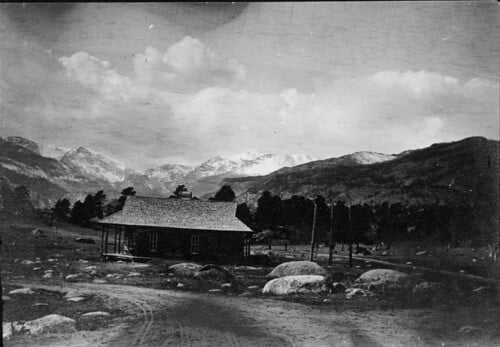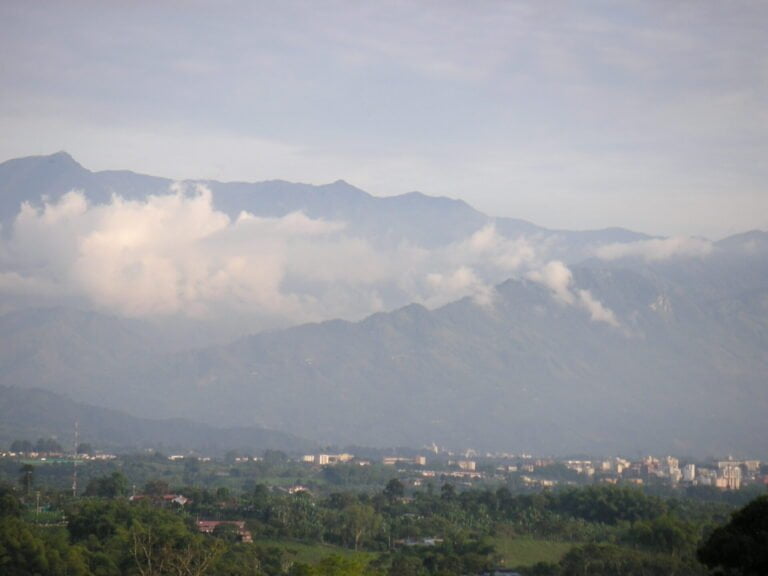What Is Happening in the Great Bear Rainforest?
In the Great Bear Rainforest, industrial logging, climate change, and human activities are disrupting the delicate balance of this pristine ecosystem. Iconic species like grizzly bears, Spirit bears, and salmon are facing unprecedented threats to their survival. Human activities such as industrial-scale fishing, oil tanker traffic, and recreational tourism are depleting food sources and fragmenting habitats. Climate change is rewiring the ecosystem, altering relationships between species and their habitats. The consequences are far-reaching, pushing the very fabric of the ecosystem to the brink of collapse. As the Great Bear Rainforest teeters on the edge, the fate of this precious wilderness hangs precariously, awaiting its next chapter.
Threats to the Delicate Balance
One of the most pressing concerns in the Great Bear Rainforest is the looming threat of industrial logging, which poses a significant risk to the delicate balance of this ancient ecosystem. The pristine forests, teeming with life, are under siege from the relentless march of logging machinery. This destructive practice not only clears vast swaths of land but also disrupts the intricate web of relationships between species, threatening the very fabric of the ecosystem. The consequences are far-reaching, with habitat loss, fragmentation, and degradation imperiling the long-term survival of iconic species such as the grizzly bear, Spirit bear, and ancient trees. As the rainforest's delicate balance is disrupted, the entire ecosystem hangs in the balance, leaving the fate of this precious wilderness hanging precariously.
Human Activities Impacting the Ecosystem
As the logging machinery falls silent, the spotlight shifts to a broader array of human activities that imperil the Great Bear Rainforest, where the collective impact of these pursuits threatens to unravel the intricate social fabric of this ancient ecosystem. Industrial-scale fishing, for instance, depletes salmon populations, depriving bears and other predators of a crucial food source. Meanwhile, oil tanker traffic and seismic exploration for fossil fuels pose a significant risk of catastrophic spills, which could devastate the delicate marine ecosystem. Additionally, the proliferation of recreational tourism and associated infrastructure development fragments habitats, disrupting the natural behavior of wildlife. The cumulative effect of these human activities imperils the very survival of this precious ecosystem, threatening the essential sustenance of bears and other predators.
Climate Change in the Rainforest
Rising temperatures and altered precipitation patterns, driven by climate change, are rewiring the delicate balance of the Great Bear Rainforest, where subtle shifts in temperature and moisture are unraveling the intricate relationships between species and their habitats. As the rainforest warms, trees are struggling to adapt, and the distribution of plants and animals is shifting. This, in turn, affects the complex food webs and nutrient cycles that underpin the ecosystem. The consequences are far-reaching, with cascading effects on the rainforest's resilience and ability to support biodiversity. As the climate continues to change, the Great Bear Rainforest is undergoing a profound transformation, with uncertain outcomes for its future.
Consequences for Iconic Species Survival
Grizzly bears, wolves, and salmon – iconic species that have thrived in the Great Bear Rainforest for millennia – are now facing unprecedented threats to their survival as climate change disrupts the delicate balance of their habitats. Rising temperatures alter the timing of salmon runs, disrupting the food chain and threatening the very existence of these apex predators. Warmer waters also increase the spread of disease among salmon, further exacerbating the decline of this keystone species. As a result, grizzly bears and wolves must adapt to a dwindling food source, pushing them to the brink of survival. The consequences of climate change are far-reaching, with the very fabric of the Great Bear Rainforest's ecosystem hanging in the balance.
Uncertain Future for the Spirit Bear
Deep within the mist-shrouded forests of the Great Bear Rainforest, the spirit bear, a majestic subspecies of the black bear, faces an uncertain future as its fragile habitat hangs precariously in the balance. Human activities such as logging, mining, and climate change threaten to disrupt the delicate ecosystem, pushing the spirit bear to the brink of extinction. As the rainforest shrinks, the spirit bear's unique genetic makeup, adapted to its unique environment, becomes increasingly vulnerable. The loss of this subspecies would not only be a tragedy but also have far-reaching consequences for the entire ecosystem. Immediate conservation efforts are necessary to safeguard the spirit bear's future and preserve the integrity of the Great Bear Rainforest.



